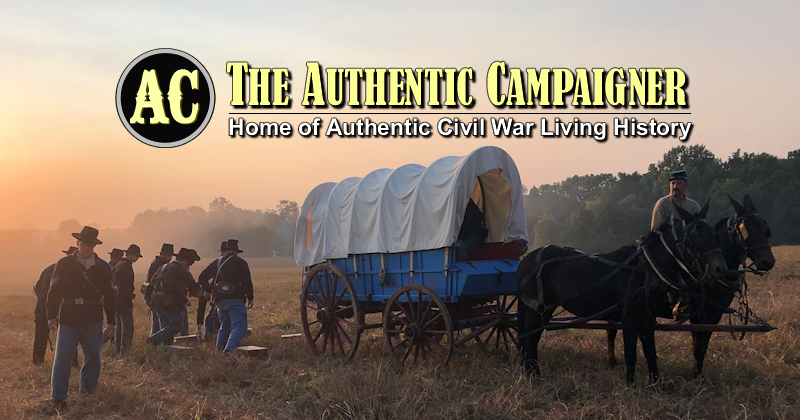I re-enact in England with Co E 18th Missouri and I am asking for help in locating the provenance of a photo-copy of a page from what appears to be a training manual. Up to now when carrying out Inspection Arms when approaced by the Officer or 1st Sgt we have presented the musket in a vertical position held in the left hand. The photocopy shows a drawing with the musket held in the left hand with the butt on the left hip and the musket inclined 45 degrees towards the inspecting officer. The are no words with the drawing and I have been unable to find any reference to this manner of Inspection Arms. Can anybody please help.
Alan, This is in fact your very first post, yet you have obviously failed to read our rules (as you agreed to, upon registering to this forum).
All Posts require your full name, so this is your First Warning. If you wish appreciate your posting previlege, you may wish to revist our rules:
Justin Runyon
AC Forum Moderator
Alan, This is in fact your very first post, yet you have obviously failed to read our rules (as you agreed to, upon registering to this forum).
All Posts require your full name, so this is your First Warning. If you wish appreciate your posting previlege, you may wish to revist our rules:
Justin Runyon
AC Forum Moderator






Comment